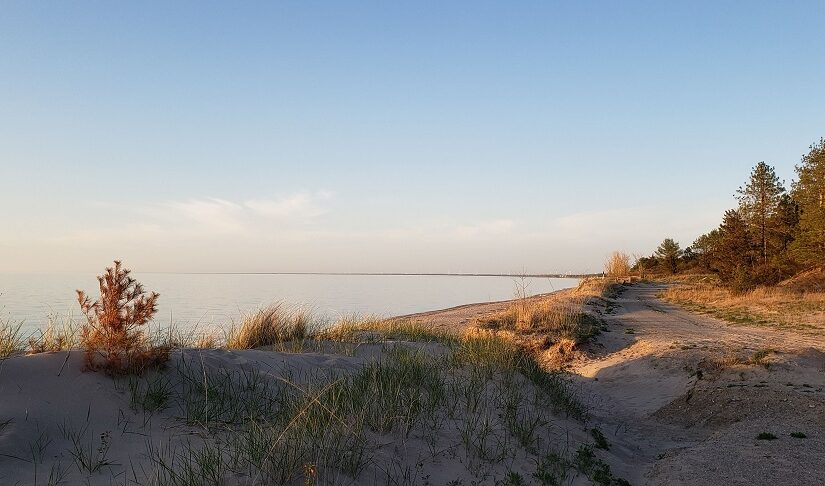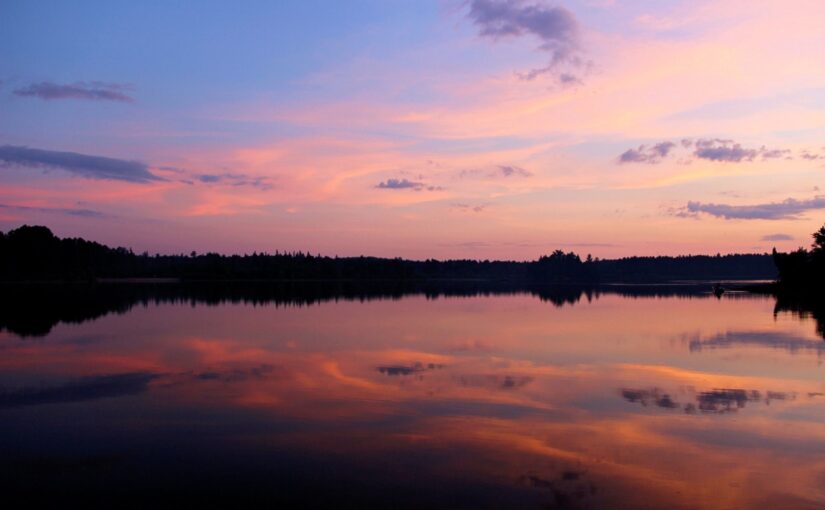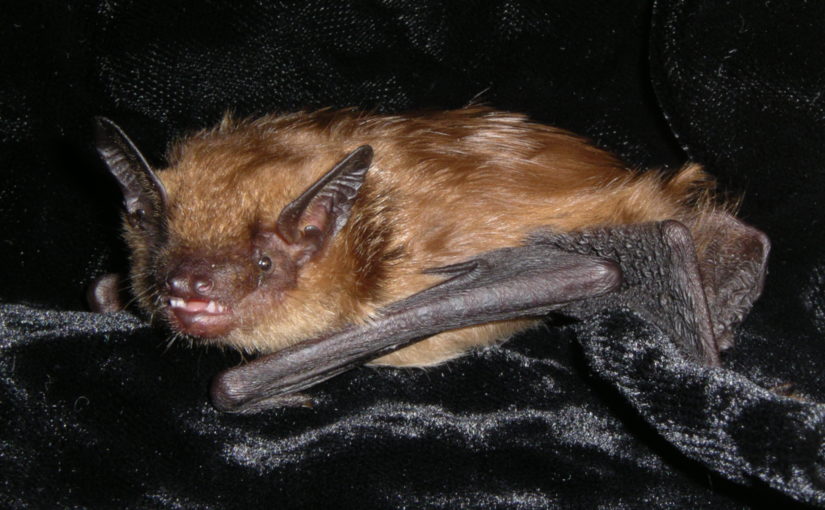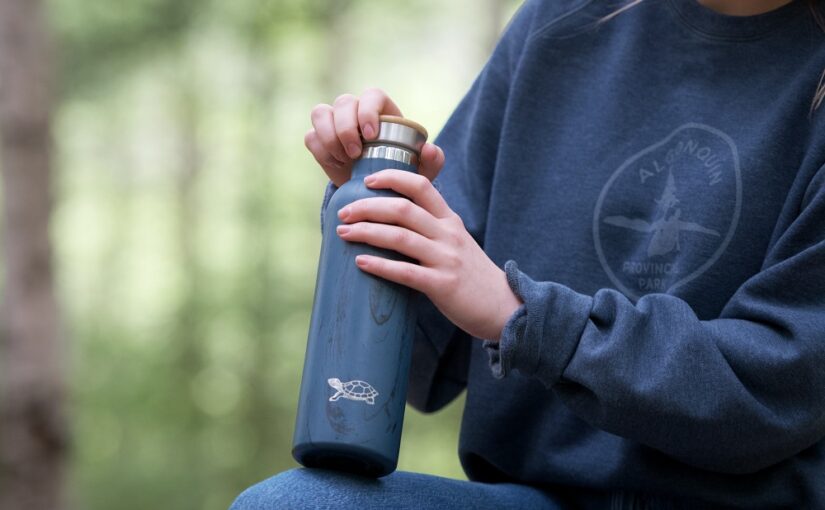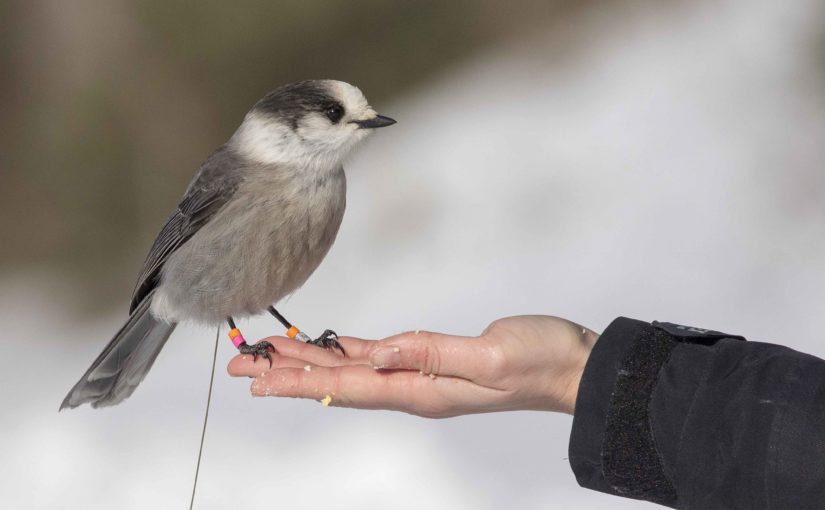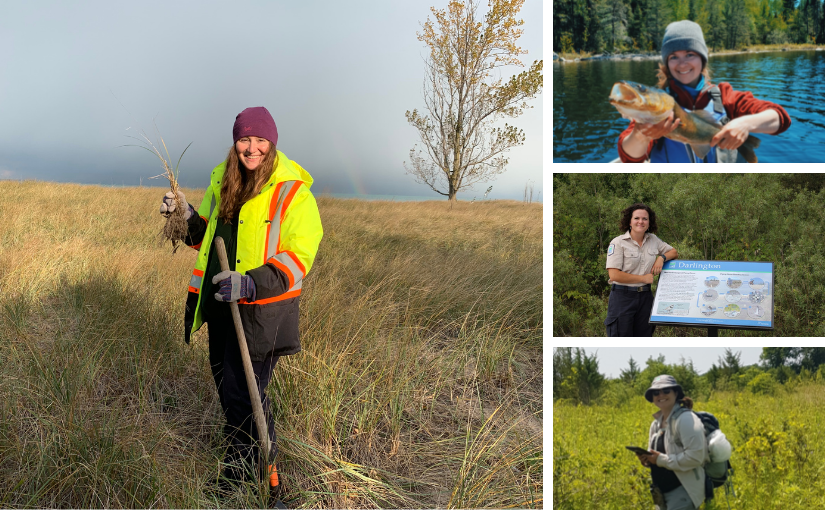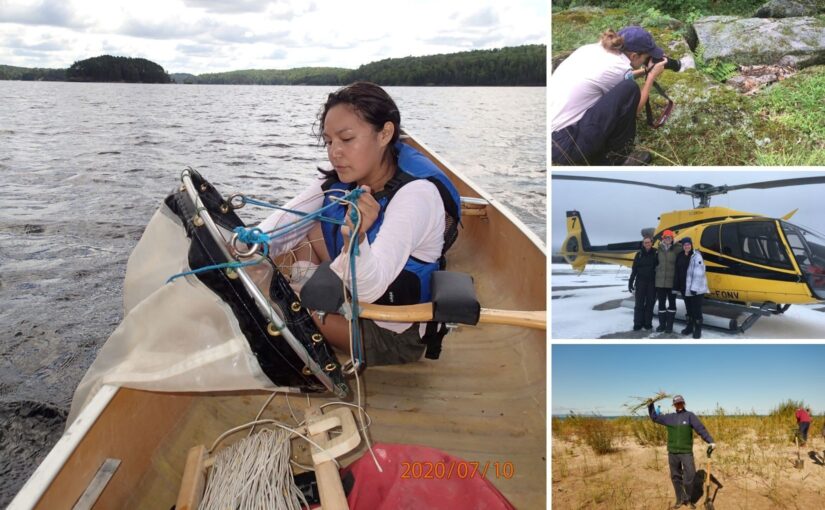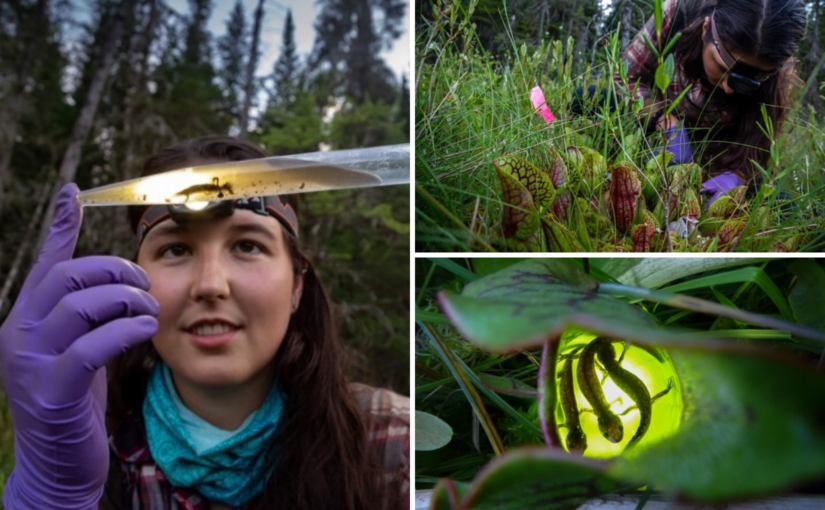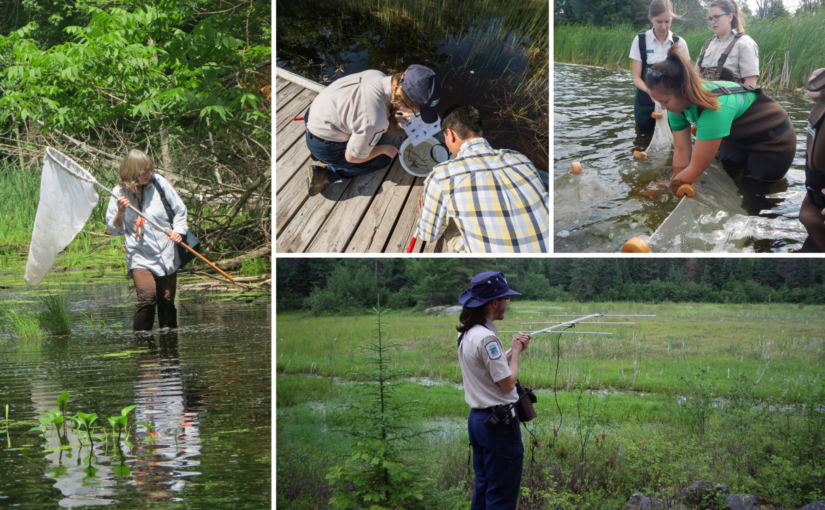Today’s blog was written by Michelle Polley, a Master’s student conducting research at Pinery Provincial Park where she formerly worked as a Discovery ranger.
I had never been lucky enough to camp at a provincial park. So when I started my first summer on the Discovery team at Pinery Provincial Park, I didn’t know what a naturalist’s job entailed.
I also didn’t know how that summer contract would affect the trajectory of my life.
Looking back, my experience brought me skills and experiences that led me down a path to develop my career and interests.
